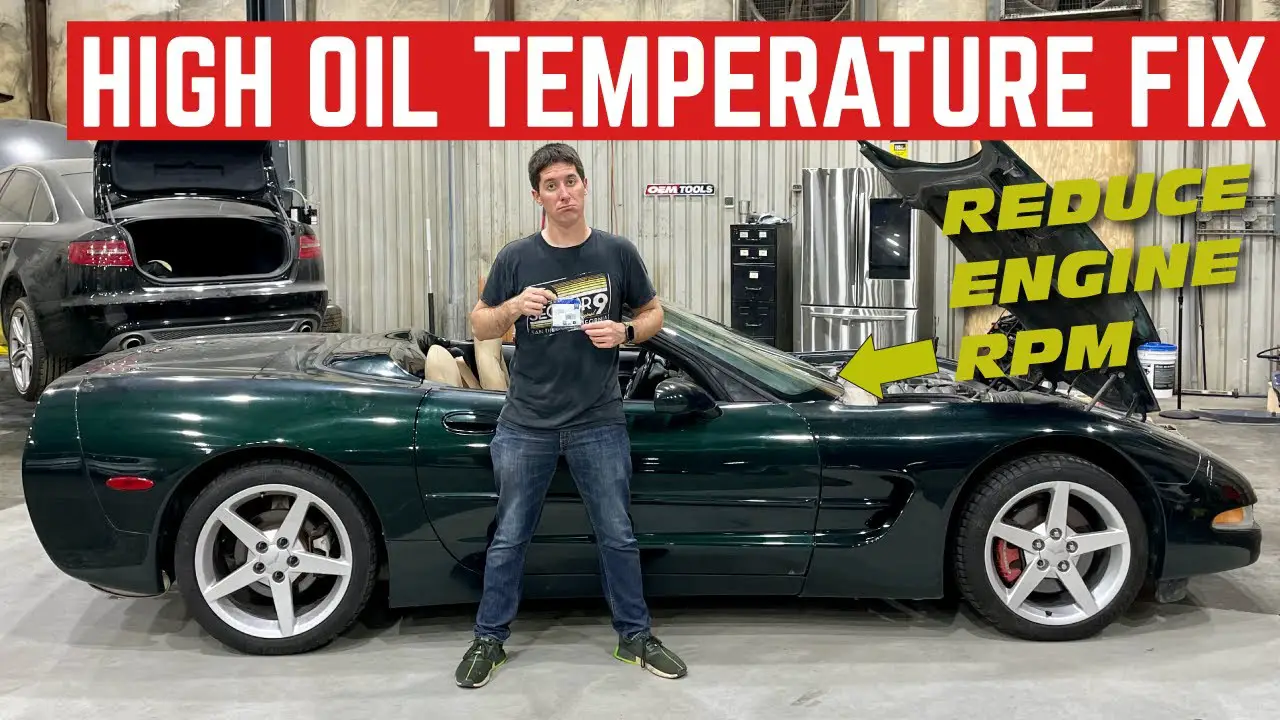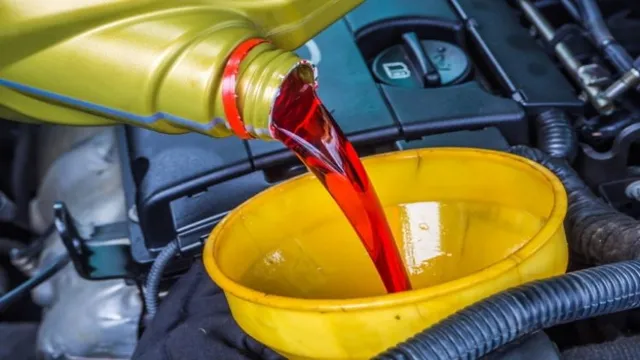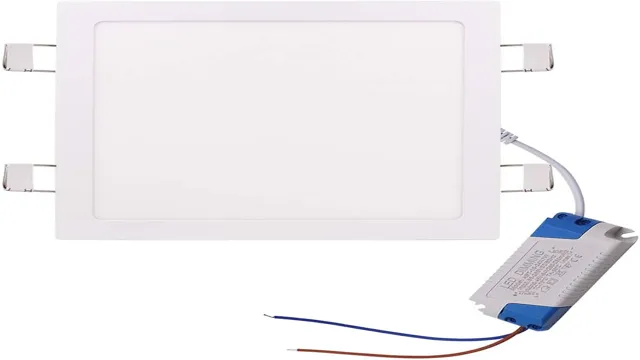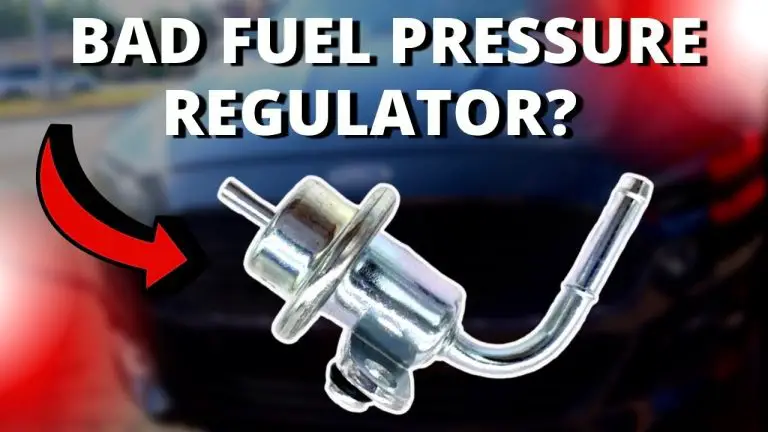How to Fix High Oil Temperature
High oil temperature is a common problem in vehicles, and it can lead to serious engine damage if not addressed promptly. Fortunately, there are several steps you can take to fix high oil temperature and prevent future issues. In this article, we’ll discuss the potential causes of high oil temperature, as well as the steps you can take to remedy the problem.
Potential Causes of High Oil Temperature
Before you can fix high oil temperature, it’s essential to understand the potential causes of the problem. Several factors can contribute to elevated oil temperatures, including:
- Insufficient lubrication
- Overheating engine
- Blocked or restricted oil passages
- Malfunctioning oil cooler
- Excessive engine load
It’s important to diagnose the specific cause of high oil temperature in your vehicle before attempting to fix the issue. Once you’ve identified the underlying problem, you can take the appropriate steps to resolve it.
Steps to Fix High Oil Temperature
Fixing high oil temperature requires a systematic approach to address the root cause of the problem. Here are the steps you can take to fix high oil temperature in your vehicle:
1. Check The Oil Level And Quality
Low oil levels or degraded oil quality can lead to increased friction and higher operating temperatures. Ensure that the oil level is at the recommended level and that the oil is clean and free of contaminants. If the oil appears dirty or has exceeded its service life, it’s crucial to perform an oil change to restore proper lubrication and cooling.
2. Inspect The Cooling System
The cooling system plays a critical role in regulating engine temperature, including oil temperature. Inspect the radiator, cooling hoses, and coolant levels to ensure proper functionality. A malfunctioning cooling system can contribute to high oil temperatures, so any issues should be promptly addressed to prevent overheating.
3. Clean Or Replace The Oil Cooler
If your vehicle is equipped with an oil cooler, it’s essential to ensure that it’s functioning correctly. Over time, oil coolers can become clogged with debris or develop leaks, leading to inefficient heat dissipation. Perform a thorough inspection of the oil cooler and clean or replace it as necessary to improve oil temperature regulation.
4. Address Engine Overheating
An overheating engine can significantly impact oil temperature, so it’s essential to address any issues contributing to engine overheating. Common causes of engine overheating include a malfunctioning thermostat, cooling fan issues, or a failing water pump. Diagnose and resolve any engine overheating issues to help lower oil temperatures.
5. Improve Airflow To The Engine
Restricted airflow to the engine can contribute to increased operating temperatures, including oil temperature. Ensure that the engine’s air intake and cooling ducts are free of obstructions and that the cooling fan is operating correctly. Improving airflow to the engine can help mitigate high oil temperatures, especially under heavy load or high-performance driving conditions.
6. Reduce Engine Load
Excessive engine load, such as towing heavy loads or driving at high speeds for extended periods, can elevate oil temperatures. When possible, reduce the engine load to lessen the heat generated during operation. This can help prevent the oil from reaching excessively high temperatures, prolonging the life of the engine and oil.
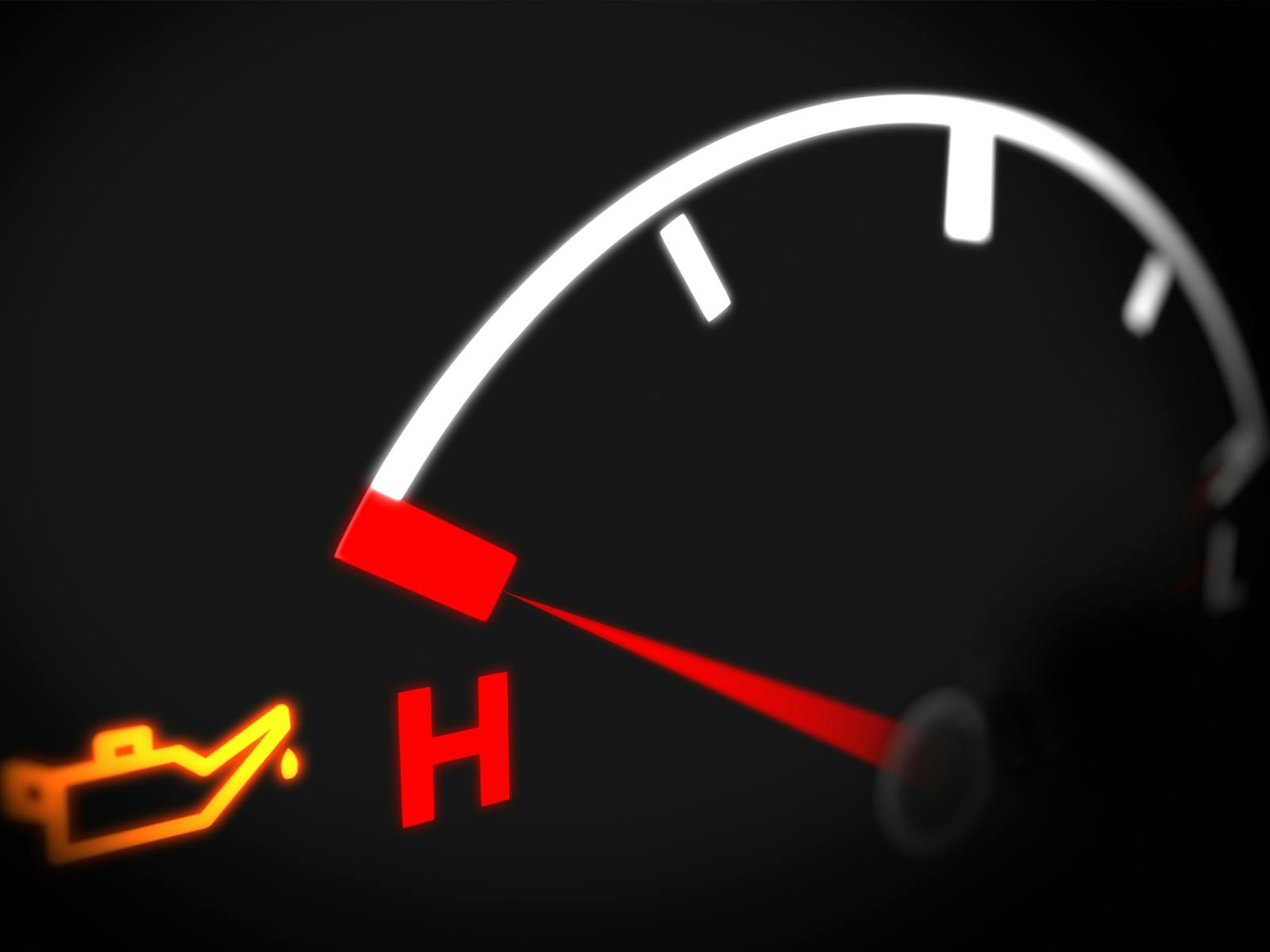
Credit: www.rymax-lubricants.com
Consult a Professional Mechanic
If you’ve attempted the above steps and are still experiencing high oil temperatures, it’s advisable to consult a professional mechanic or automotive technician. A skilled mechanic can conduct a comprehensive inspection of your vehicle’s cooling and lubrication systems, pinpoint any underlying issues, and recommend the appropriate repairs or maintenance procedures to fix high oil temperature.
Preventive Maintenance for Optimal Oil Temperature
Once you’ve successfully addressed high oil temperature in your vehicle, it’s essential to establish a routine preventive maintenance schedule to maintain optimal oil temperature and overall engine health. Regularly servicing the cooling system, monitoring oil levels and quality, and addressing any signs of engine overheating can help prevent high oil temperatures and costly repairs in the future.
Frequently Asked Questions For How To Fix High Oil Temperature
What Are The Common Causes Of High Oil Temperature?
High oil temperature can be caused by inadequate lubrication, overloading, or coolant system issues.
How Can High Oil Temperature Affect My Engine?
Elevated oil temperature can lead to accelerated wear, reduced efficiency, and even engine damage.
What Steps Can I Take To Reduce High Oil Temperature?
You can improve cooling, check for blockages, and ensure proper lubrication to lower oil temperature.
Why Is It Important To Address High Oil Temperature Promptly?
Addressing high oil temperature promptly prevents costly engine damage and potential safety hazards.
Conclusion
High oil temperature can have detrimental effects on engine performance and longevity, but with the right approach, it’s a problem that can be effectively resolved. By understanding the potential causes of high oil temperature and taking proactive measures to address the issue, you can ensure that your vehicle’s engine operates within a safe temperature range, prolonging its lifespan and avoiding costly repairs.
Remember to prioritize regular maintenance and address any warning signs of high oil temperature promptly to keep your vehicle running smoothly for years to come.

